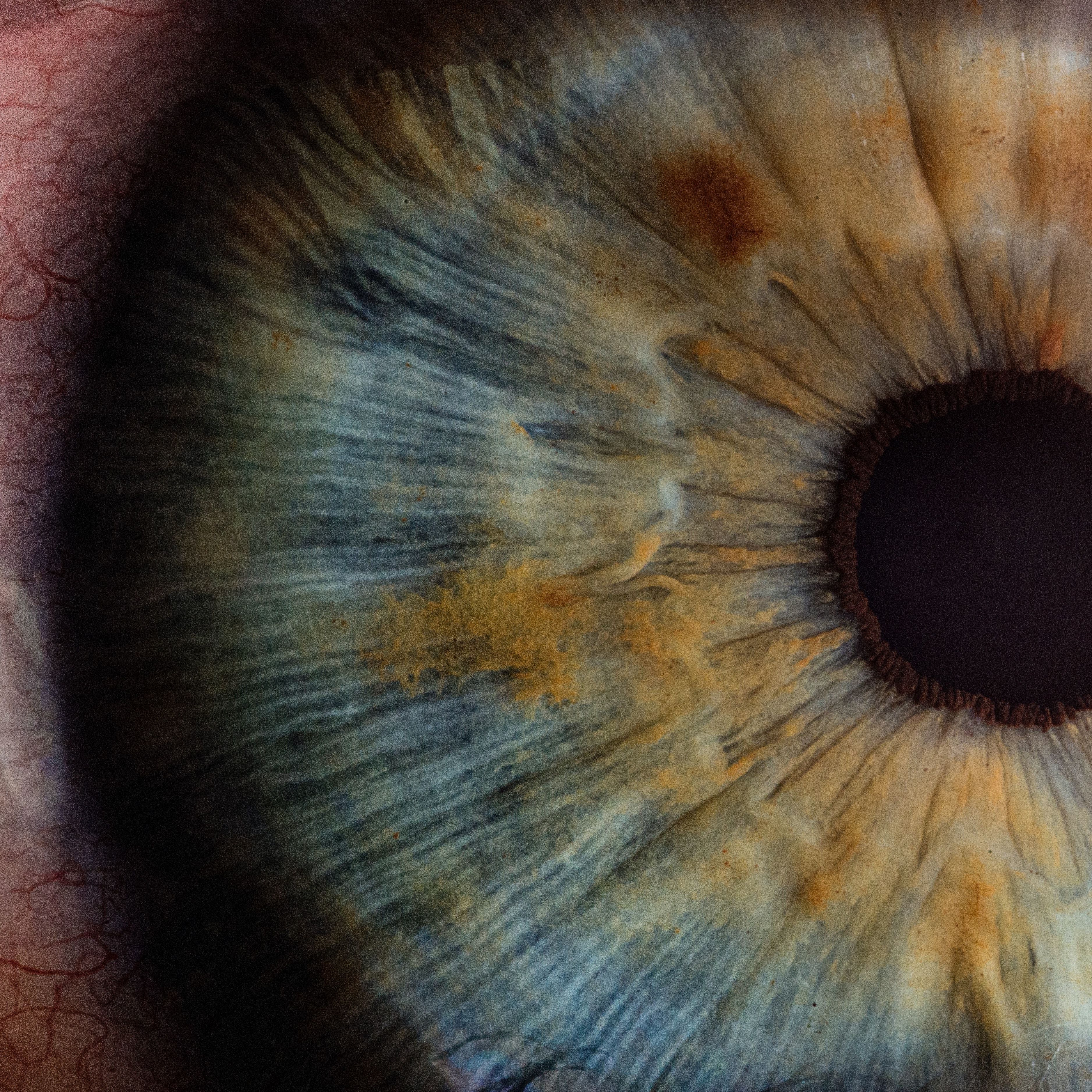Article
First Hemophilia A Patient in Phase 1/2 Study Dosed with Valoctocogene Roxaparvovec
Author(s):
The first patient has been dosed in aphase 1/2 study (BMN 270-203) evaluating the investigational gene therapy, valoctocogene roxaparvovec, in severe hemophilia A patients with pre-existing AAV5 antibodies.
This morning, BioMarin Pharmaceutical Inc announced that the first patient has been dosed in its phase 1/2 study (BMN 270-203) that is evaluating the investigational gene therapy, valoctocogene roxaparvovec, in severe hemophilia A patients with pre-existing AAV5 antibodies.
Valoctocogene roxaparvovec is an AAV-factor VIII vector. In hemophilia A mouse models, valoctocogene roxaparvovec restored factor VIII plasma concentrations to levels deemed to be adequate for normal clotting in humans.
"Administration of valoctocogene roxaparvovec to this first patient seropositive for the AAV5 capsid is an important next step in our plan to expand the number and types of severe hemophilia A patients who may benefit from gene therapy and have antibodies to the vector," commented Hank Fuchs, MD, President, Worldwide Research and Development at BioMarin in a recent statement.
"The goal with this study is to determine if patients that already have antibodies to AAV5 can be effectively treated with valoctocogene roxaparvovec. Our objective is to develop a therapy with the potential to eliminate the need for chronic treatment in severe hemophilia A across all patient sub-groups,” he added.
The study is evaluating the safety and efficacy of valoctocogene roxaparvovec in AAV5+ hemophilia A patients in an open-label, single-arm, titer-escalation trial. Eligibility criteria includes being an adult male with hemophilia A who has pre-existing AAV5 antibodies. Subjects are being enrolled into 2 titer cohorts that encompass the range of observed AAV5 antibody titer levels generally observed in the hemophilia population. They are also being treated with the 6e13 vg/kg dose of valoctocogene roxaparvovec.
There are 3 main primary outcome measures for the trial. First, investigators want to assess the impact of valoctocogene roxaparvovec, following a Patient Reported Outcome (PRO) questionnaire, Haemo-QoL-A, which is being measured in a time frame of 52 weeks. The questionnaire is a hemophilia-specific, health-related quality of life assessment for adults that measures on a scale of 0 to 5 with the lower value representing a better outcome.
Investigators also aim to evaluate the impact of valoctocogene roxaparvovec, according to the PRO questionnaire, EQ-5D-5L, which is also being measured in a time frame of 52 weeks. The general questionnaire measures health statuses on a scale of 0 to 100, with the higher value representing a better outcome.
The third outcome measure for the trial to determine the impact of valoctocogene roxaparvovec following PRO according to the Haemophilia Activities List (HAL), which is being measured in a time frame of 5 years. The questionnaire evaluates the difficulty of several activities for people with hemophilia A.
The primary endpoint of the study is to evaluate the drug’s safety in the participating population. Secondary endpoints include assessments regarding FVIII activity levels, the frequency of required FVIII replacement therapies, and the number of bleeding episodes requiring treatment after therapy.
Additionally, the 6e13 vg/kg dose of valoctocogene roxaparvove is being evaluated in the GENEr8-1 study while a second valoctocogene roxaparvove dose of 4e13 vg/kg is being evaluated in the GENEr8-2 study. Both GENEr8-1 and GENEr8-2 are Phase 3 studies involving patients without pre-existing AAV5 antibodies.
Previously, the US Food and Drug Administration (FDA) granted Breakthrough Therapy Designation to valoctocogene roxaparvove. The European Medicines Agency (EMA) has also granted valoctocogene roxaparvovec access to its Priority Medicines (PRIME) regulatory initiative. Orphan drug designation has been granted by both the FDA and EMA for the treatment of severe hemophilia A.
For more rare disease news from ASGCT and related conferences, subscribe to Rare Disease Report®’s e-newsletter.





